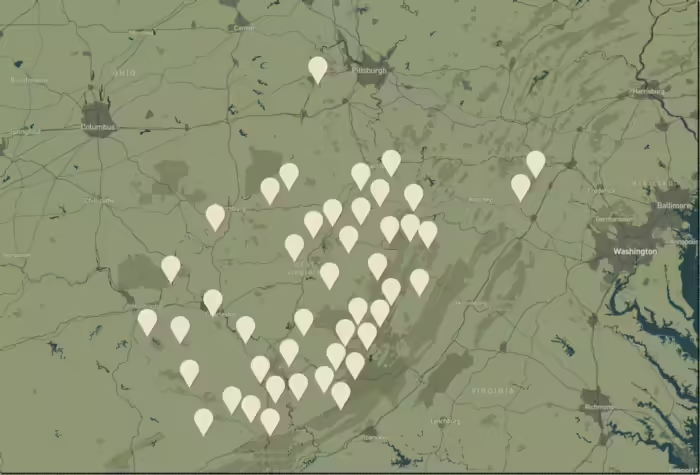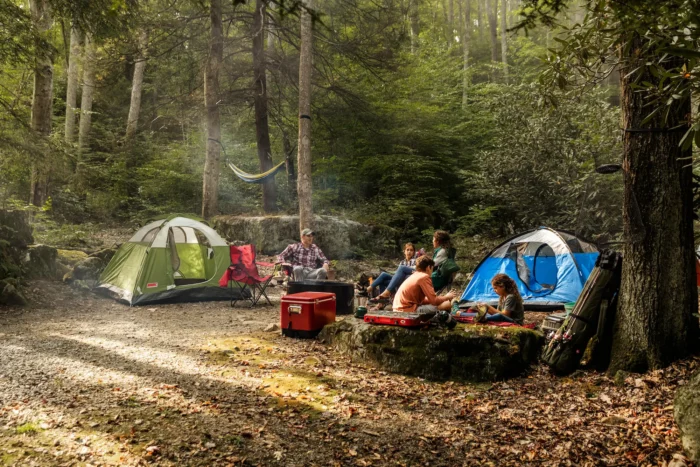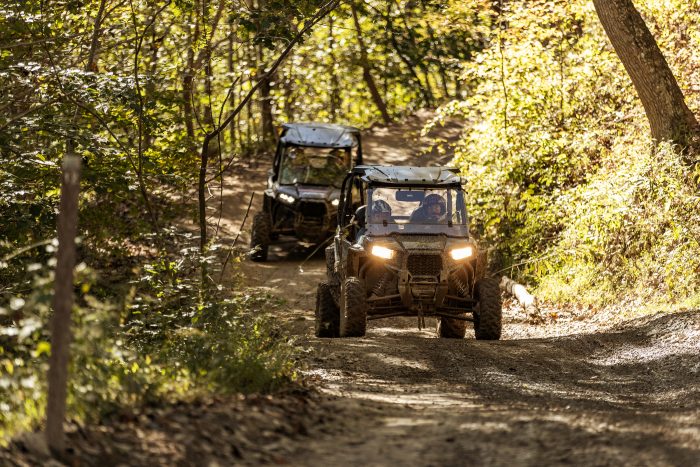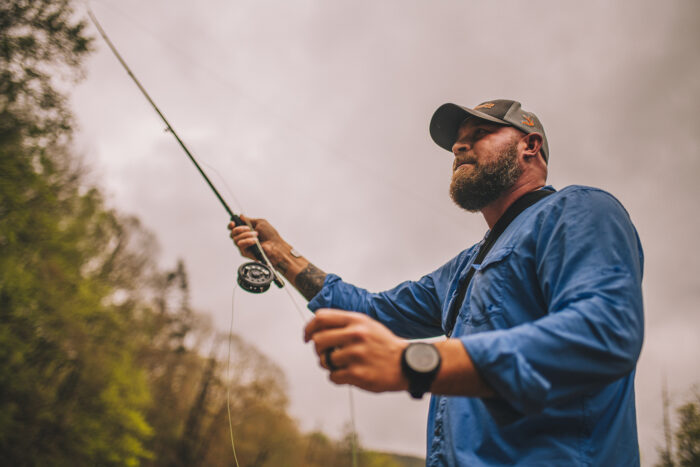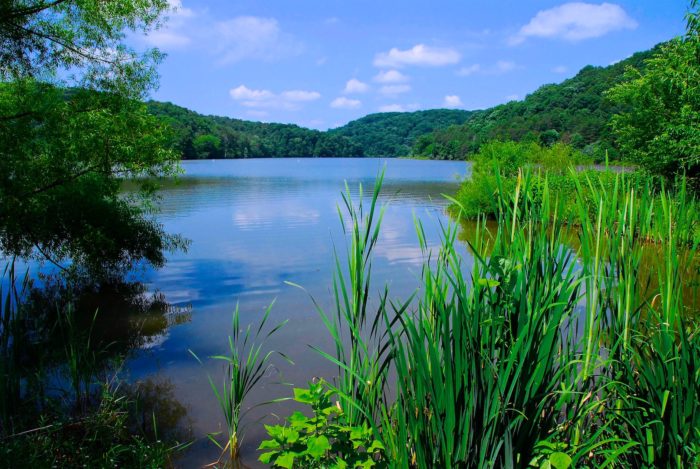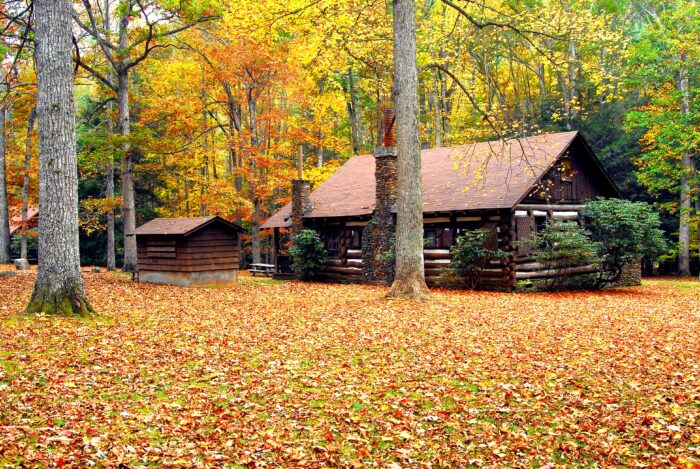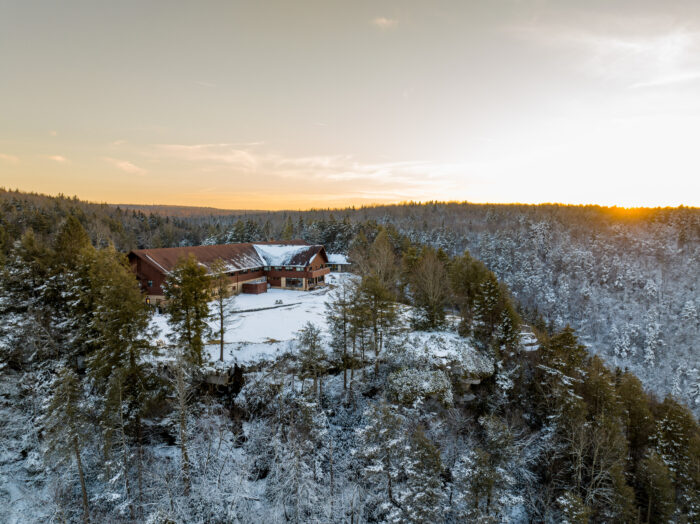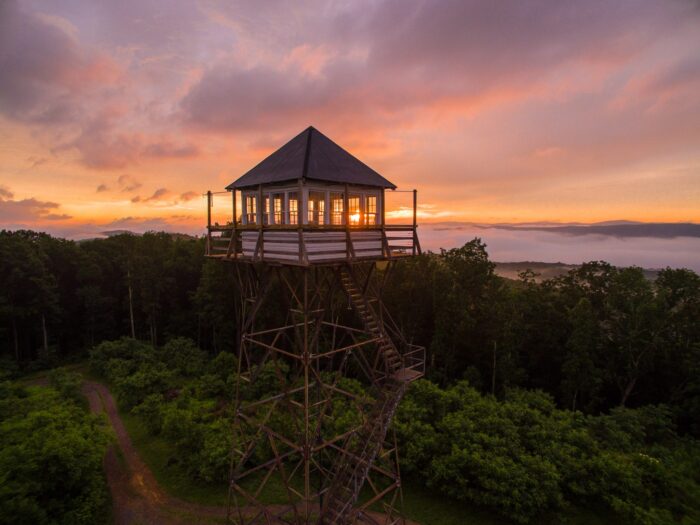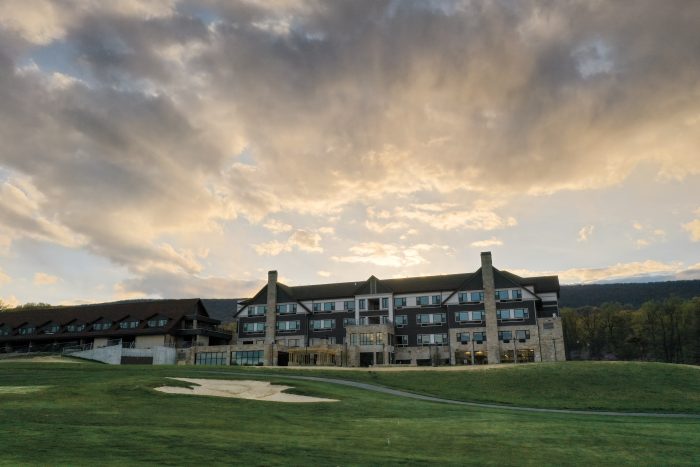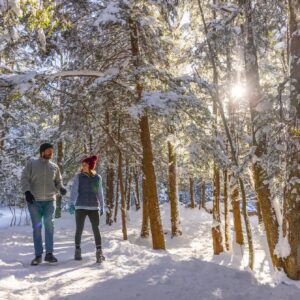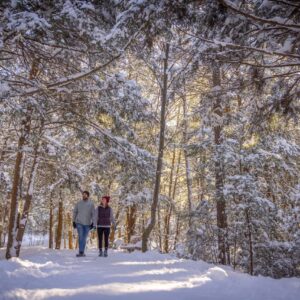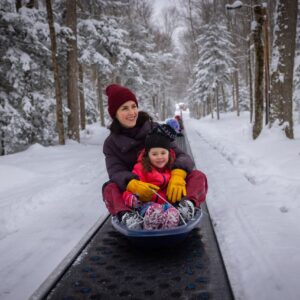Pollinator zones at state parks are abuzz with action
Published: August 20, 2020Fields at Chief Logan help in conservation of monarch, other rare butterflies
Butterflies. Bees. Beetles.
What do these insects have in common? They carry the key to the earth’s survival in their tiny bodies. That’s not an exaggeration, either. According to the United States Department of Agriculture, neither the human race nor any of earth’s terrestrial ecosystems would survive without pollinators. Of the 1,400 crop plants grown around the world, nearly 80 percent require pollination by animals. That’s why several of our state parks, Cacapon Resort, Beech Fork, Chief Logan, and Camp Creek State Park and Forest, have established pollinator zones to help sustain a diverse population of pollinator species.
From a distance, a pollinator zone might look like a patch of weeds, but a closer inspection reveals a busy buffet with buzzing creatures flitting from bloom to bloom. Here’s what you need to know.
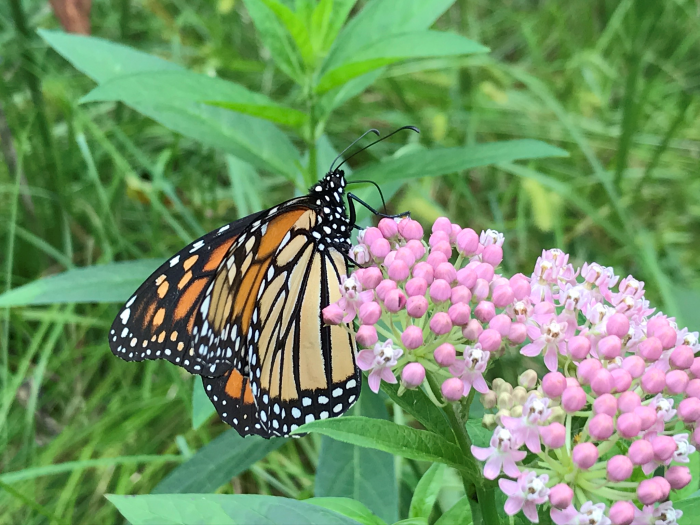
A haven for monarchs
“We have four pollinator zones here,” said Lauren Cole, naturalist at Chief Logan State Park. Cole assisted in selecting the flowers to plant in three of the zones.
“The biggest thing has been getting the milkweed out for the monarch butterflies,” she added.
The eastern monarch butterfly population has been in steep decline – so much so that the U.S. Fish and Wildlife Service is conducting an assessment to determine its eligibility for Endangered Species Act protection.
Unlike many other species of pollinators, monarch caterpillars feed exclusively on the leaves of milkweed plants. Cole’s hand-picked mix includes three species of milkweed – common, swamp and butterfly milkweed.
Additional species planted in the pollinator zones include bergamot, wingstem, cone flower, columbine, lobelia, false blue indigo, partridge pea and clover. While it typically takes several years for an area to get established and for the wildflowers to start blooming, the milkweed took off quickly, she said.
“We planted in the spring 2018. By August, we had milkweed up and we had monarch caterpillars on it, which I think is pretty exciting.”
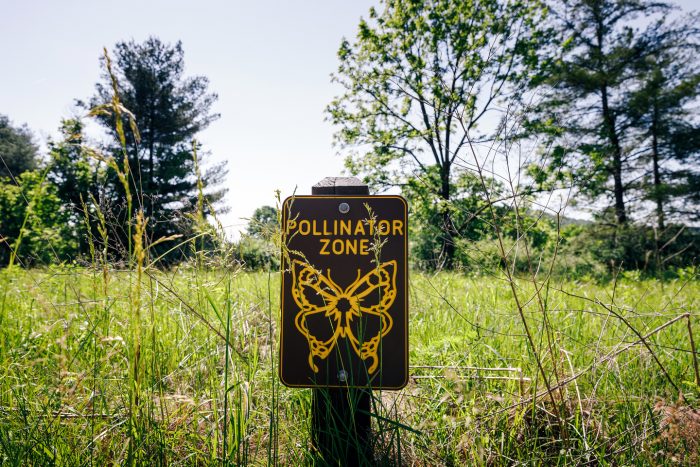
Unexpected pollinators
The pollinator zones also attract skipper butterflies and the rare West Virginia white butterfly, as well as several species of native bees. But it’s not just butterflies or other “cute” species that pollinate.
“Butterflies are beautiful. They’re really charismatic,” she said. “But there are also what I like to call ‘unexpected pollinators,’ like wasps, slugs, beetles, flies. You wouldn’t have papaws without flies. You wouldn’t have magnolias without beetles.”
Planting your own zones
“If you’re seeding your own pollinator zone at home, it’s best to plant in late fall or early spring because the seeds have to experience cold – called stratification – to germinate,” Cole said.
Make sure you include host plants for the larva, she added.
“Butterflies can drink nectar from almost any plant. The important thing is their larval host plant. Many caterpillars must eat a specific thing.”
To illustrate the difference, Cole invented a nature program game called Butterfly Bag Toss. The game consists of three flowerpots of different sizes into which the players toss sandbags. Each pot is designed to represent a difference species of moth or butterfly and the plants its larva eats.
The largest pot represents the isabella tiger moth, whose larva can eat nearly anything, from clover and daisies to several species of grasses and trees. The medium pot represents the spicebush swallowtail butterfly, whose larva feeds off spicebush and sassafras. And the smallest pot is for the monarch butterfly, whose larva feeds exclusively on milkweed.
Milkweed in its wild state is said to be in decline due to the widescale use of herbicides, but West Virginians can grow their own at home, Cole said.
“A lot of nurseries sell butterfly milkweed and you can even grow that in a pot. Just make sure you have some nectar in the area, too, like clover or cone flowers. Because if you just plant the milkweed and you don’t have nectar flowers, it’s a bit like there’s a daycare but there’s no grocery store.”
Learn more about plants and animals in West Virginia when you visit a state park or participate in planned hikes, programs, and activities.
The 2022 Girl Scouts Love State Parks day event planned at North Bend State Park is organized and registration managed by the Black Diamond Council. To learn more, click here.
Book Now
